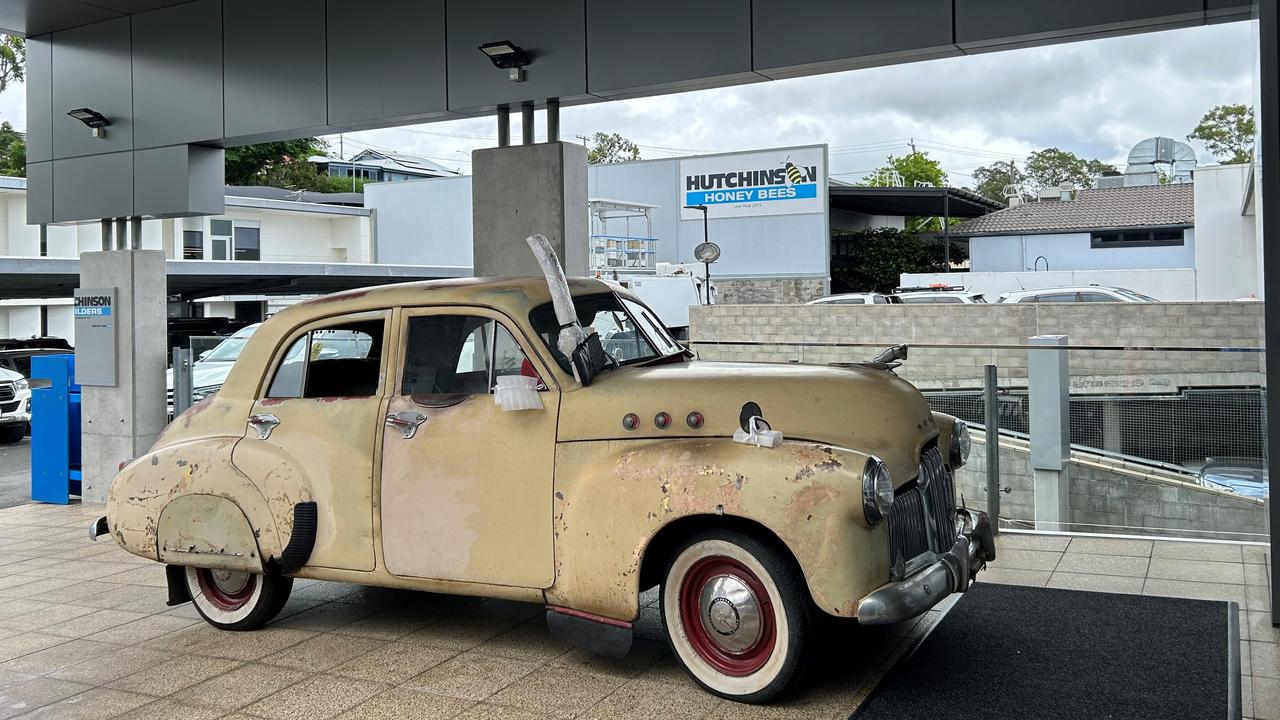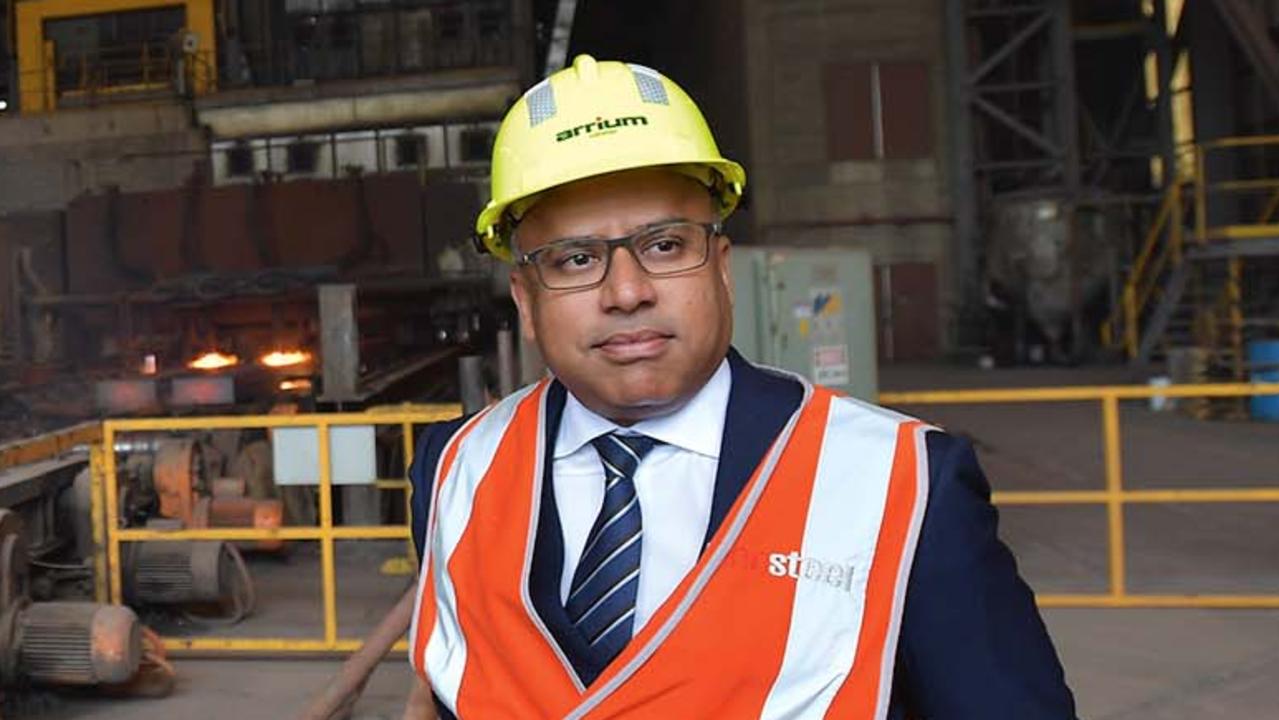Painful needles could one day be a thing of the past as Queensland’s Nanopatch gets financial injection
A world-first Queensland invention to replace needles and syringes with a patch for vaccinations has received a huge boost.

QLD Business
Don't miss out on the headlines from QLD Business. Followed categories will be added to My News.
A world-first Queensland invention to replace needles and syringes with a patch for vaccinations has received a huge boost.
About $40 million has been raised from investors to take the Nanopatch product to the next level, with clinical trials expected to start this year.
The 1cm square silicon device delivers the vaccine via about 20,000 microprojections to immune-rich cells just below the outer skin layer – which means doses as small as one-hundredth those needed in conventional injections to achieve the same result.
And the Nanopatch does not need to be kept cold, unlike traditional vaccines which can be rendered useless or dangerous at the wrong temperatures, making it far more available in developing countries.
It was invented by a research team headed by Professor Mark Kendall at the University of Queensland’s Australian Institute of Bioengineering and Nanotechnology and commercialised by start-up company Vaxxas.
A just-completed capital-raising exercise has secured $25 million in investment – two and a half times the target -- bringing the total to $40 million. About half of it came from Australian venture capital firm One Ventures.
Vaxxas will now focus its commercial efforts in the United States, giving better access to deals with global pharmaceutical companies and additional investment. But in what Prof Kendall calls ‘’a reverse brain drain’’, research and development will continue to be based in Brisbane, with additional scientists and engineers to be recruited locally.
“We are a great Queensland and Brisbane technology story,’’ he said. “Too frequently, for Australian technologies to move forward they have had to go offshore. I don’t accept that as a given – if we are good enough and believe in what we are doing, there is no reason why we can’t do this here.’’
He said the investment was ‘’hugely important’’ to advancing to clinical programs and developing a range of vaccine products.
“The Nanopatch has the potential to improve global health,’’ Prof Kelly said.
Vaxxas president and CEO David L. Hoey said the needle-free vaccination technology would be developed to combat major diseases including influenza, polio, bacterial infections and cancer.
Human trials of a flu vaccine product would begin this year. Trials of a polio vaccine are planned in Cuba in 2016 in partnership with the World Health Organisation.
It is hoped products could reach the market from 2020.
Enabling greater access to immunisation to people in parts of Africa and Asia by removing the need for refrigeration ‘’could be a tremendous life-saver,’ Mr Hoey said.
Other advantages of the device include eliminating needle-stick injuries and the resulting spread of infectious diseases and removing distress caused by a fear of needles which is experienced by about one in 10 people.
The microprojections embedded in the postage stamp-sized Nanopatch are so tiny they are invisible to the naked eye and do not reach as deep as nerve endings, making the device pain-free.
Production of the Nanopatch devices was ‘’most likely’’ to be based in Australia.


